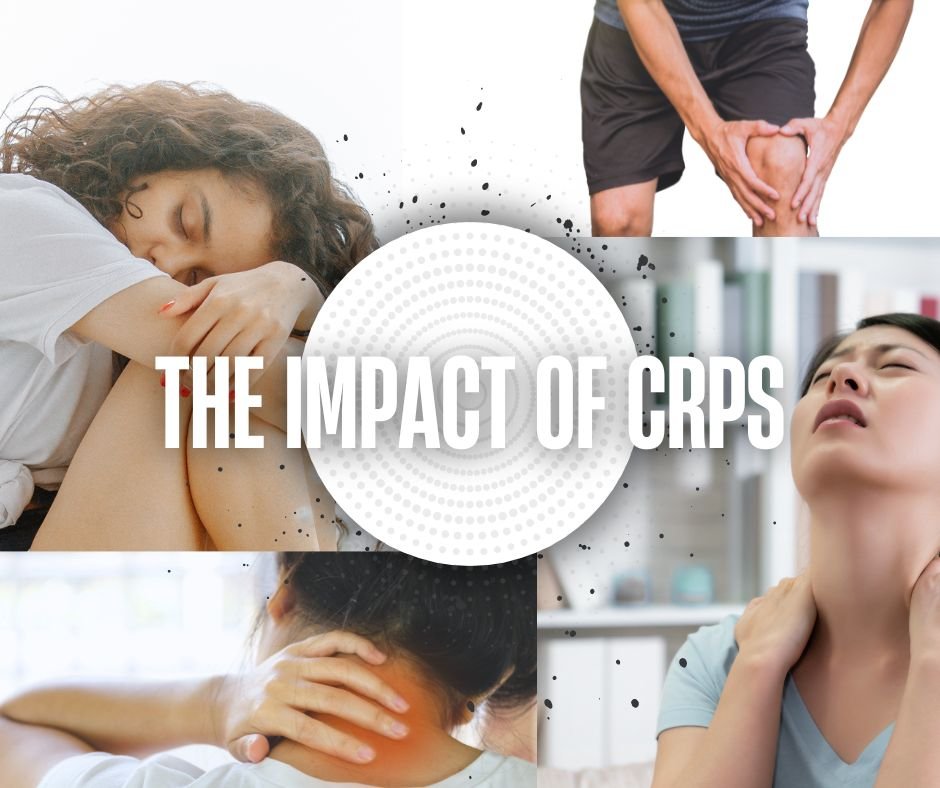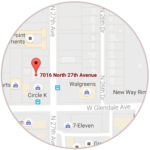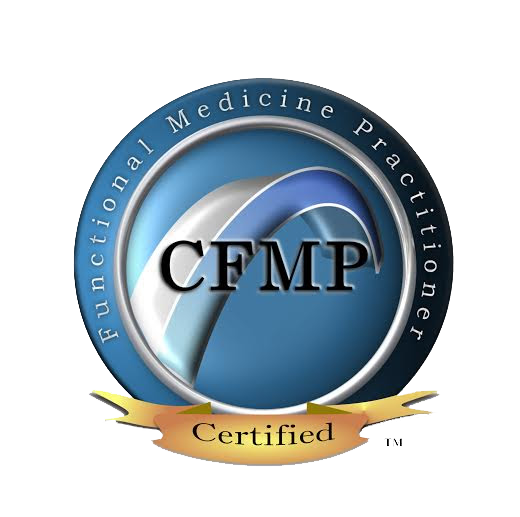
Does CRPS affect life expectancy? CRPS (or Complex Regional Pain Syndrome) is long-lasting pain in arms or legs that happens after an injury. CRPS causes intense pain, skin color changes, temperature fluctuations, and swelling and stiffness. It greatly affects a person’s quality of life, but does it also affect how long they will live? In this article, we will talk about how long people with CRPS can expect to live. Additionally, we will inform you about new therapies that can improve their lives.
Understanding CRPS and Its Impact
CRPS is a rare condition, affecting only about 200,000 people in the United States each year. It is more common in women and typically develops between the ages of 40 and 60. CRPS is thought to be caused by an abnormal nervous system response to injury or trauma.
The symptoms of CRPS can vary in severity and may include:
- Intense, burning pain
- Changes in skin color and temperature
- Swelling and stiffness in the affected area
- Changes in hair and nail growth
- Muscle spasms and weakness
- Limited range of motion
- Sensitivity to touch or cold
- Changes in skin texture
The pain associated with CRPS can be debilitating and can significantly impact a person’s daily life. It can make it challenging to perform simple tasks, such as getting dressed or cooking a meal. The constant pain can also lead to depression, anxiety, and other mental health issues.
CRPS Life Expectancy
The impact of CRPS on a person’s life expectancy is a common concern for those living with the condition. However, there is no evidence to suggest that CRPS directly affects life expectancy. CRPS is not a life-threatening condition, and with proper management, most people can live a long and fulfilling life.
However, the chronic pain associated with CRPS can lead to other health issues that may affect life expectancy. Constant stress can weaken the immune system, making a person more susceptible to infections and illnesses. Using pain medications to manage CRPS can harm the body, like causing damage to the liver or kidneys.
People with CRPS should focus on their overall well-being to reduce the risk of additional health issues. This includes maintaining a healthy diet, staying physically active, and managing stress levels.
Latest Treatments for CRPS
While there is no cure for CRPS, there are New Treatments for CRPS available to help manage the symptoms.
Hyperbaric Oxygen Therapy for CRPS
Hyperbaric Oxygen Therapy (HBOT) is a treatment that involves breathing pure oxygen in a pressurized chamber. This treatment has been used for decades to treat various medical conditions, including CRPS. HBOT works by increasing the amount of oxygen in the blood, which can help reduce inflammation and promote healing.
Studies have shown that HBOT can be effective in reducing pain and improving function in those with CRPS. It is a non-invasive treatment with minimal side effects, making it a safe option for those with chronic pain.
Case Study: HBOT for CRPS
The study discusses the successful treatment of lower limb CRPS using hyperbaric oxygen therapy. A 41-year-old man with CRPS type 2 after left ankle fracture had ongoing pain, swelling, sensitivity to touch. He was also unable to move freely despite multiple treatments.
After 15 treatments of HBOT in three weeks, the patient said they had less pain, swelling, and sensitivity to touch. The patients range of motion also improved. His pain intensity decreased from 7/10 to 3.32/10, enabling him to return to work and resume activities like jogging. Additionally, his mood improved, with reduced anxiety and depression scores.
Follow-up assessments at one month and six months post-HBOT showed sustained benefits. HBOT might serve as a successful therapy for persistent CRPS, possibly providing relief where other treatments are unsuccessful.
Trial: HBOT for CRPS
This study investigated the effectiveness of HBOT in treating patients with CRPS in a double-blind, randomized, placebo-controlled trial. 71 patients with CRPS were split into two groups. The control group received regular air, while the other group underwent HBO therapy. Both groups underwent 15 therapy sessions in a hyperbaric chamber.
The study found that people in the HBO group had less pain and swelling. They were also able to move their wrists more compared to the control group. Pain reduction started from the first session and continued to decrease further after the 15th session and at day 45 follow-up. Wrist flexion and reduced swelling improved significantly after HBOT compared to controls.
This study concludes that HBOT is effective and well-tolerated in reducing pain and edema while increasing ROM in patients with CRPS. This suggests that HBOT may be a valuable alternative treatment option for CRPS patients.
Ketamine for CRPS
Ketamine is a medication that has been used for decades as an anesthetic. Recent studies suggest that low-dose ketamine can effectively treat chronic pain, such as CRPS. Ketamine infusions involve administering the medication through an IV over a period of several hours. It works by blocking the NMDA receptors in the brain, which are responsible for pain perception.
Ketamine can have several side effects, both short-term and long-term. These side effects can vary depending on the dose, frequency of use, and individual factors. Here are some common side effects associated with ketamine:
Short-term side effects:
- Nausea and vomiting
- Increased heart rate and blood pressure
- Dissociation: Feeling detached from reality, altered time and space perception, and out-of-body experiences.
- Confusion and agitation
- Dizziness and lightheadedness
- Blurred vision
Long-term side effects:
- Psychological effects: Using ketamine a lot or for a long time may cause problems with memory, thinking, and mood.
- Urinary tract problems: Inflammation in the bladder, a strong need to urinate, ketamine-induced cystitis.
- Dependence and addiction
- Tolerance: Some people may need more ketamine over time to feel the same effects.
- Difficulty in breathing
CRPS Specialist Near Me
While CRPS Life Expectancy has many unknowns, it is essential to work with a specialist who has experience and expertise in treating the condition. They can provide you with the latest treatments and techniques to help manage your symptoms and improve your quality of life.
Doctors that can offer a unique perspective are Functional Medicine Doctors. Instead of treating symptoms functional medicine doctors focus on finding and fixing the cause of CRPS.
The inflammatory reaction and pain with CRPS can be caused by other problems in the body. Toxins, chronic infections, intestinal dysbiosis and nutrient deficiencies can all play a roll in CRPS. A functional medicine is going to run tests to determine if a person has these problems.



